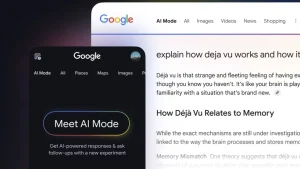Managing contacts is as old as phones themselves. Nowadays, you just need a Google account, and all your contacts will go with you. No matter how many phones you change. We made sure to explain how to back up contacts to Google Account or export them below.
In this article:
ToggleHow to Back Up Contacts on Android
Backing up your contacts to your Google account is the easiest way of keeping all your contacts in check. For this, you only need to be signed in to your Google account on your phone.
Plus, once you enable the contact sync, it will always back up your contacts, so there’s no need to repeat the procedure every time you create a new contact. Just enable the sync, and rest assured that all your contacts are permanently synced an safe.
Here’s what you need to do:
- Go to Settings.
- Tap Accounts > Google (your email address).

- Tap Account sync.
- Make sure Contacts are enabled.
That’s it. Now all your contacts are stored in your Google account, so you can access them anywhere, not just from your phone. It’s certainly a step forward from manual transferring we had to deal with just 10 years ago. This is especially useful if you’re changing phones or if contact names don’t appear in calls.
How to Export your Contacts to your Google Account
If you want to export your contacts from your Google account, so you can, for example, upload them to another account, Google’s got you covered.
All you need to export your contacts is Google’s Contacts app. If you didn’t get this app pre-installed on your phone, go to the Play Store, and download it.
Now, open Contacts, and you’ll see the list of all the contacts stored in your Google account. To transfer your contacts from your Google Account to your phone, do the following:
If you want to import that .vcf file to another Google account, repeat the procedure above, but go to Import, and select the .vcf file you just saved.
That’s about it. As you can see, it couldn’t be simpler. If you have any comments or additional questions, just let us know in the comments below.
Editor’s note: This article was initially published in May 2019. We made sure to revamp it for freshness and accuracy.





